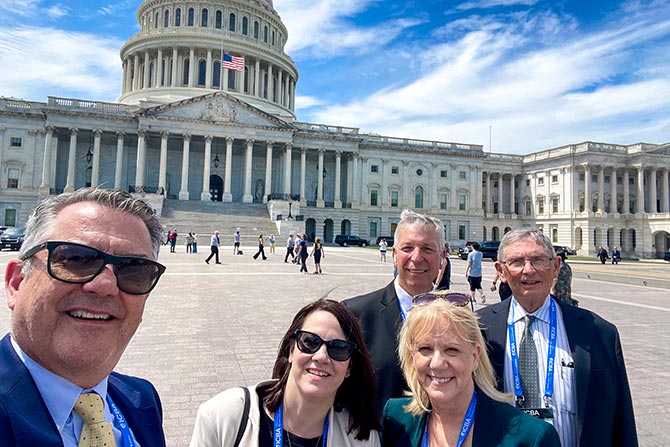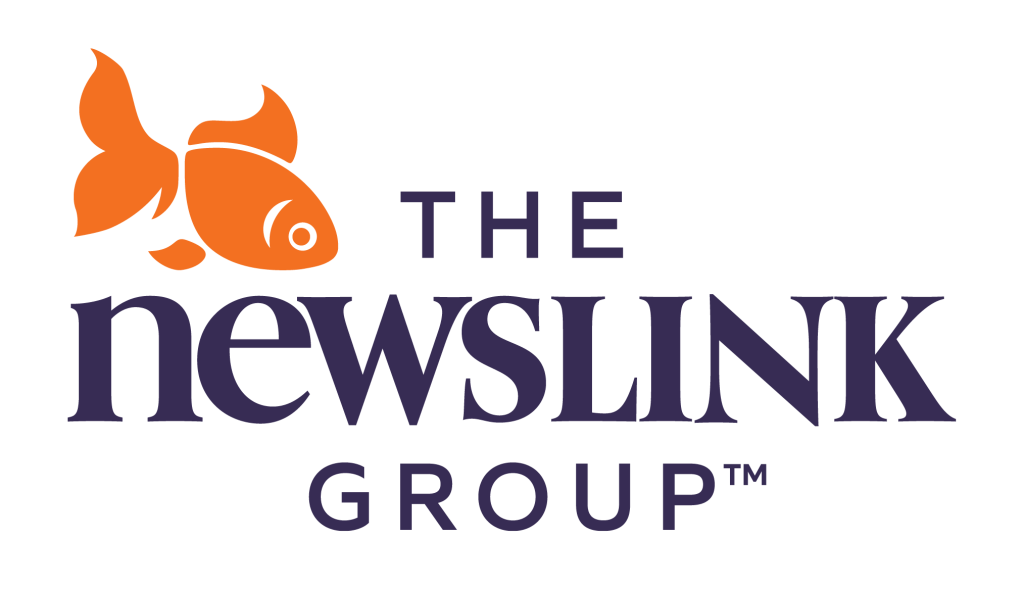Tell me if you’ve heard this: An inverted yield curve is highly correlated with a subsequent recession. And might I point out that the U.S. treasury curve has been upside down for pushing two years now? Since we’re playing master of the obvious, let’s mention that the Fed — while not quite ready to start cutting rates — seems satisfied it’s laid the groundwork for inflation to get back in the 2% box that has proven elusive for several years. The press release following the Jan. 31, 2024, FOMC meeting stated, “The risks to achieving its employment and inflation goals are moving into better balance.”
To be sure, the economy still seems to be chugging along quite nicely, thank you. As of this writing, there are “three” handles on several of the more critical economic barometers, which is a pretty good trick to pull off for an economy supposedly being dragged down by a restrictive monetary policy. Fourth quarter gross domestic product has run around 3.2%, the aforementioned inflation (the Fed’s preferred index is “Core PCE”) is sticky at 3.9% and unemployment boasts an impressively low 3.7%. This is not the stuff of an economy that’s about to run off a cliff (probably).
On the Other Hand
Of course, we’ve been getting a steady diet of not-so-positive news, too. The U.S. went blowing through the $1 trillion level in credit card debt in December 2023 and continues to pile onto that record. Delinquencies on consumer borrowings, particularly with the younger-aged cohorts, have been running hot as rates are at a generational high. And the mortgage finance industry is a story unto itself. We must go back to the start of the 21st century to see refinance activity this low, and even further to 1995 to see fewer purchase applications. That’s what 7% market rates will do to a borrower base whose average current mortgage is still well below 4%. That differential is the highest in history.
Where this leaves us: If community bankers were so inclined, they could find options for their bond portfolios that would look pretty good if rates were to begin trending down. The good folks at Stifel have pointed out that there can be a number of months and even quarters after the final rate hike before the first cut occurs. “Higher for longer” may be in play for 2024, and we’ve seen this movie before. Remember, the last hike was last July.
Plenty To Choose From
Buyers can pick just how much recession-proofing they want to build into their balance sheets. Thanks to the inverted curve, something with a four- to five-year average life will look attractive compared to longer options. And since community banks’ interest rate risk positions have returned to near‑balanced postures, most depositories can buy some fixed-rate items without aggravating their asset/liability exposures.
One of the simplest options is a deep discount callable agency. These were issued in 2020 or 2021 as rates were buried near zero. The bonds themselves can have minuscule coupons (1% or even less) and prices in the low 90s. Usually, their yields to maturity will beat non-callable “bullets” by 10-12 basis points (.10%-.12%), with an enormous upside if they ever get called, which is less than likely.
In the mortgage-backed securities (MBS) space, attractive offerings are plentiful. One generic example: Seasoned 20-year pools with 2.0% coupons have been available around 89 cents on the dollar and will have around 30 basis points more yield than the discount callable mentioned above. As mentioned in this space before, there is now an unusually wide range of coupons and prices in the secondary market, so investors can pick and choose their favorite risk/reward profile.
Delayed Response
As the comments from the Fed members so far in 2024 have pushed back the expectations of actual rate cuts into the future, so have market rates risen modestly this year. At the time of this writing, the treasury curve has added around 40 basis points (.40%) across the maturity spectrum. What this means for buyers is that there is still additional incentive to layer in some purchases into what seems to be the waning periods before a secular shift in the economic cycle.
Unless, of course, the strength of the American consumer keeps producing “three” handles in triplicate. In this case, the long-anticipated recession would be on indefinite hiatus, and significant rate cuts would be a conversation for future periods. And that is something you perhaps haven’t heard before.
Jim Reber (jreber@icbasecurities.com) is president and CEO of ICBA Securities, ICBA’s institutional, fixed-income broker‑dealer for community banks.











